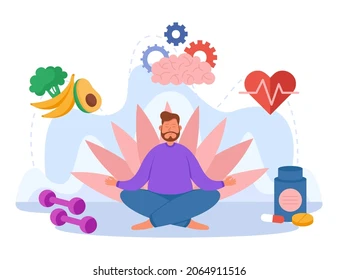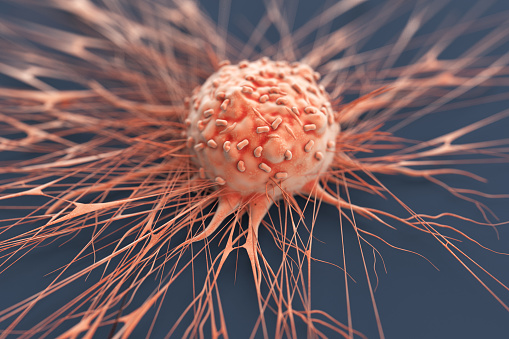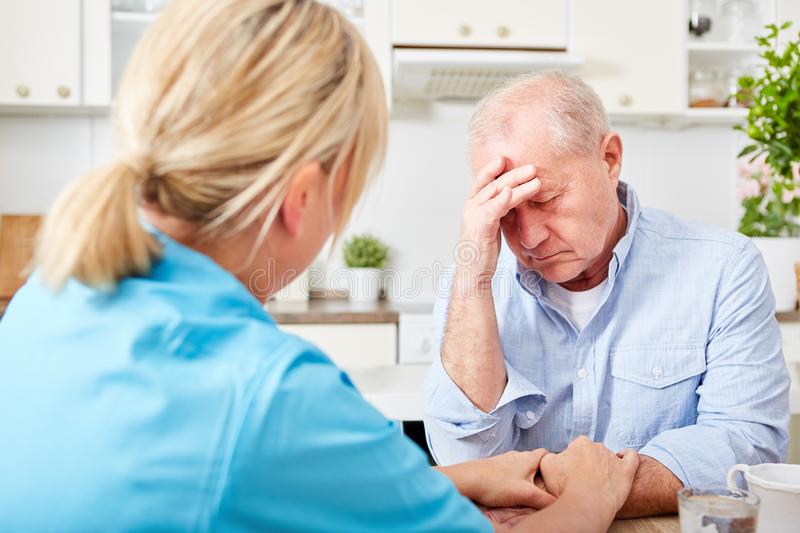Dysmenorrhea Home Treatment
Home treatment for dysmenorrhea include regular exercise, yoga, and consumption of mint, ginger, parsley, basil, cinnamon, asafetida, and Aloe Vera. Eating a wholesome diet on a regular basis that includes proteins, vitamins, minerals and antioxidants is also a good home remedy. These home remedies have a direct and positive effect on dysmenorrhea and help curing the causes without adverse side effects. Here is all about dysmenorrhea symptoms and treatment.
What Is Dysmenorrhea?
Dysmenorrhea is a gynecological condition in which acute pain at the time of menstruation is felt. Dysmenorrhea is also known as ‘menstrual cramps’. The prostaglandin hormone is considered to be a stimulant for dysmenorrhea. Leukotrienes have also been considered in increasing the pain sensation in the uterus. Vasopressin is another hormone that has a role to play in increasing the sensitivity in the myometrial region.
Dysmenorrhea is considered to be common among teenage girls and young women. According to a survey, conducted by Weissman, et al (2004) [1], dysmenorrhea has been reported to affect 50- 72% of women in the age group of 14 to 25 years. Out of these, not more than 10% report the problem and seek medical attention, while the rest go unreported. It is estimated that dysmenorrhea is possibly one of the major causes for teenage girls and young women missing out on high school attendance and work days, respectively.
Types Of Dysmenorrhea
Dysmenorrhea is categorized into two types: primary dysmenorrhea and secondary dysmenorrhea. Primary dysmenorrhea occurs when there is no pelvic pathology and secondary dysmenorrhea occurs when there is pelvic pathology.
Endometriosis: Endometriosis is a condition where the cells present in the endometrium (uterus) are found on surrounding pelvic organs.
Cervical Stenosis or Occlusion: Cervical stenosis, a condition where the spinal canal is too small for the spinal cord and nerve roots which can damage both the spinal cord and the nerve roots.
Premenstrual Syndrome: Premenstrual syndrome (PMS) is an experience of discomfort occurring in women before their menstrual cycle begins. More than 200 symptoms have been associated with PMS but the few major symptoms that have been consistently reported include irritability, tension, stress, anxiety, insomnia, headaches and fatigue.
Congenital Malformations: Congenital malformations in the reproductive organs such as the uterus, vagina and ovaries can cause dysmenorrhea.
Pelvic Congestion Syndrome: Pelvic congestion syndrome is reported to be a common disease among many women. Women report pain in the lower [5] abdominal region, which is caused by varicose veins where blood flows in the opposite direction, resulting in pain.
Primary Dysmenorrhea
Primary dysmenorrhea occurs during the initial years of the menstrual cycle, which most likely will disappear after their first child birth or in their late twenties or early thirties.
Pelvic Inflammatory Disease: This consists of an infection of the fallopian tubes which can spread to other organs such as the ovaries, uterus, or cervix.
Intrauterine Adhesions: Intrauterine adhesions form as a result of trauma in the intrauterine area. The joining of tissues in the uterine cavity is seen. These joinings can differ between individuals.
Fibroids: Fibroids are benign tumors that form in the uterine walls and are possibly attached to it.
Intrauterine Contraceptive Device: The use of an intrauterine contraceptive device [4] has been known to cause dysmenorrhea. Dysmenorrheal symptoms were found to be higher in women with intrauterine devices than in women without those devices.
Uterine Polyps: Uterine polyps are tissues growing inside of the uterus wall lining. These overgrown lesions can be as small as few millimeters to a few centimeters or inches across. This condition is seen more in women who are in their 40s or 50s and sometimes in young women as well.
Transverse Vaginal Septum: Transverse vaginal septum is a utero-vaginal condition where the canal of the vagina is defective. The septa obstruct the opening of the vagina.
Adenomyosis: Adenomyosis is a condition where endometrial tissue, which provides the lining for the uterus, grows inside it. This condition is generally seen during later childbearing years or after having children.
Secondary Dysmenorrhea
According to Deligeoroglou, in the article titled [3] “Dysmenorrhea” published in the Annals of the New York Academy of Sciences in 2000, the root causes for secondary dysmenorrhea include diseases or medical conditions pertaining to uterus. Some of the causes include:
Allen-Masters Syndrome: Allen-Masters syndrome is a condition in which the tissue stabilizing and holding the uterus in place in the pelvis is damaged. While the upper part of the uterus is steady, the lower part does not stretch and can cause pain in the cervix.
Stress, anxiety, obesity and alcohol consumption have also been observed in some cases, but not on a general scale.
Symptoms Of Dysmenorrhea
Symptoms of dysmenorrhea include acute pain and pressure being felt in the abdomen area. One can also experience cramps, spasmodic, labor-like pain in the lower abdomen and back. Any increase in breast sensitivity, bloating, or rashes on the skin are also observed in some cases, as well as edema, palpitations, tinnitus, light-headedness, pain in areas around the hips, lower back and inner thighs. When the pain is severe, symptoms can also include an upset stomach, vomiting, and loose stools.
Home Treatment For Dysmenorrhea

Home Treatment for Dysmenorrhea are as follows:
Parsley
Parsley has menstrual cycle-regulating properties and pain relieving properties. Parsley can be consumed as a juice mixed with various vegetables such as carrots, beetroots, cucumbers, and tomatoes for good results. Research carried out by Popović, Kaurinović, Jakovljević, Mimica-Dukic, and Bursaćhas [6] shed additional light on parsley’s medicinal uses for dysmenorrhea.
Angelica Sinensis
Angelica sinesis has been traditionally used in Chinese medicine to treat various menstrual problems, dysmenorrhea being one of them. Recent studies conducted on angelica sinesis by proved that it has significant effect in controlling dysmenorrhea.
Cinnamon
Cinnamon is one of the oldest spices known to man. This spice also has medicinal properties which include pain relieving during menstrual cramps, apart from other remedies such as the reduction of LDL cholesterol, blood sugar levels, heart disease, and cancer fighting properties.
Sesame Seeds
Sesame seeds have been recommended traditionally for menstrual problems, especially dysmenorrhea. Sesame seeds are also traditional native Indian seeds which are used extensively in Indian culture ranging from food and medicine to spirituality.
Mint
Mint has been used to treat many ailments, including stomach disorders, indigestion, nausea, and vomiting. Consumption of mint tea helps in alleviating the associated pain of dysmenorrhea.
Consumption of Hot Liquids
Consuming hot liquids has a positive effect on conditions like dysmenorrhea. Hot liquids improve blood circulation and help in relieving menstrual cramps and pain. However, stay away from tea or coffee. Caffeine causes irritation in the intestines which can further intensify menstrual pain.
Aloe Vera
Aloe Vera is also one of the home remedies for dysmenorrhea. This is used during menstrual cramps. Aloe Vera has the compound aloes which has been found to be effective in promoting sterility and disturbed menstrual activity, according to research conducted by Mitra et al [8].
Coriander
The use of coriander has been traditionally mentioned by Ayurvedic practices in India as a remedy for dysmenorrhea. It can be consumed by boiling a few stems of fresh coriander in water. This is known to reduce dysmenorrhea.
Holy Basil
Holy basil, also known as Tulasi, is a traditional wonder plant in India that has been extensively used in Ayurvedic medicine. It is so popular that it is found in almost all Indian households. Research [7] indicates that holy basil contains high amounts of eugenol, which acts as a painkiller. Therefore, holy basil is one of the best home remedies for dysmenorrhea.
Ginger
Ginger has been traditionally used to treat ailments such as arthritis, colic, diarrhea, and heart conditions. Ginger can be consumed by boiling it in water and drinking the water at least 3 times a day to get relief from dysmenorrhea. Research and clinical trials conducted by Ozgoli, Goli and Moattar from Iran, show that ginger has the same effect on killing pain as mefenamic acid or ibuprofen, so it can be used as one of the home remedies for dysmenorrhea.
Beet Root
Beet root has been traditionally consumed to correct menstrual disorders. Having beetroot is a recommended remedy for dysmenorrhea. A glass of beetroot juice daily can control dysmenorrhea.
Wholesome Diet
A wholesome diet is essential for treating dysmenorrhea. A balanced diet containing proteins, carbohydrates, healthy unsaturated fat, vitamins and minerals is necessary to build a strong body and protect against conditions like this.
Practicing Yoga
Yoga is an ancient Indian system of rejuvenation of the body and soul. There are many remedies prescribed in yoga for dysmenorrhea. Research conducted by Tonini [10] revealed that yoga is one of the best home remedies. Further research, conducted by Rakhshaee [11], deduced that specific yogic postures were effective for treating Dysmenorrhea. Yogic postures such as Cobra Posture, Cat Posture, Fish Posture, Wide Squat posture, Pigeon posture, Camel posture, and Pelvic posture were effective in controlling primary dysmenorrhea, as mentioned by Rakshaee.
Asafetida
Asafetida is commonly found in Indian households. It is a spice which is used in mild quantities in cooking. It is believed that asafetida can increase the production of the female hormone progesterone, which helps in menstruation.
Regular Exercise
Regular exercise is known to be effective in controlling dysmenorrhea. Exercise stimulates the pituitary gland to release endorphins, which are natural pain killers and can relieve menstrual cramps.
These are only some of the home remedies for dysmenorrhea that can be treated at home with minimal side effects. However, under severe and chronic conditions, consulting a gynecologist is suggested. These are the best dysmenorrhea treatment.






